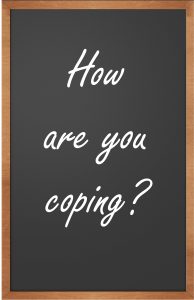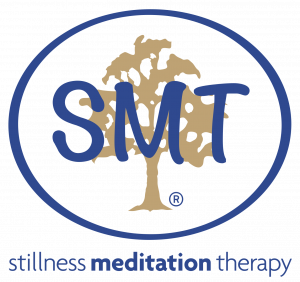How are you coping?
Living as we are in what is frequently referred to as the age of anxiety, it’s little wonder that when meeting new clients, their individual stories mirror those of today, those of before or those who come after.
Most commonly we hear of discomforts such as trembling, ‘butterflies’, overwhelm, apprehension and panic. Living, for a great many people feels as if they are constantly on the edge of some kind of catastrophe where the ever present ‘emergency’ reaction is accompanied by frustration, sadness, depressive feelings and regular tears. A constant urge to be coping ‘better’ is dominant.
Increased tension is one po werful – though very negative – strategy for coping that is a very common human reaction. Undoubtedly muscle tension is required to perform certain tasks. But the rise of nervous tension, feeling tense, wound up, or ill-at-ease is very often the first sign of increasing anxiety – a situation reminiscent of the old song – you can’t have one without the other! From early life – especially if family life is filled with uptight people – tension has sneaked into the picture and very likely become a way of ‘coping’ … in other words, a means of attempting to get through challenging situations. Stimulating the brain in this way, a negative mode of living is formed. Furthermore, emotional and physical energy can be wasted in trying to conceal the tension – and a great deal of physical pain can occur from levels of tension being held throughout the body.
werful – though very negative – strategy for coping that is a very common human reaction. Undoubtedly muscle tension is required to perform certain tasks. But the rise of nervous tension, feeling tense, wound up, or ill-at-ease is very often the first sign of increasing anxiety – a situation reminiscent of the old song – you can’t have one without the other! From early life – especially if family life is filled with uptight people – tension has sneaked into the picture and very likely become a way of ‘coping’ … in other words, a means of attempting to get through challenging situations. Stimulating the brain in this way, a negative mode of living is formed. Furthermore, emotional and physical energy can be wasted in trying to conceal the tension – and a great deal of physical pain can occur from levels of tension being held throughout the body.
In this busy modern world maybe it’s time to check your coping strategies? Are you constantly generating unnecessary tension in a bid to manage each day? Or perhaps you’ve become overly preoccupied with ‘coping’. Coping really means managing daily tasks well while being flexible and capable enough to continue when unexpected difficulties arise. When calm and composed, it’s easy to cope. Life becomes orderly, things are less likely to be forgotten or omitted and errors are less likely to occur.
Many years of experience has proven to me that letting go in Stillness induces physical relaxation and ultimately, mental relaxation … and so tension becomes noticeably reduced. This creates a ‘global’ relaxation – that is, ease in body, mind and spirit. At this Centre as people capture innate ease, we actually see that change in their visible appearance, most noticeably in the face. And so as the physical body gives thanks for a break from distorting pain, similarly mental ease is reflected in the ability to cope with living. This is healing in its finest capacity … resting our mind, healing our life.
Pauline McKinnon ©
Melbourne, May 2016

